American consumers are financially strained. One indication? Card defaults rose from 2.81% back in November to 3.53% in May. Meanwhile, the expansion of credit by cards as well as by autos has slowed to the point of contraction.
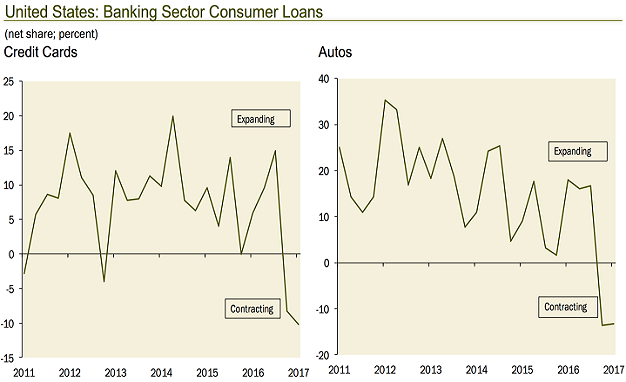
Some would have you believe that low headline unemployment (4.4%) is translating into increased consumption and increased demand for goods or services. Yet tepid GDP data demonstrate otherwise. One explanation is that nominal wage growth would need to grow in the 3.5%-4.0% range to compensate for the loss of purchasing power from inflation. However, wages have struggled to make any progress over the last 18 months.
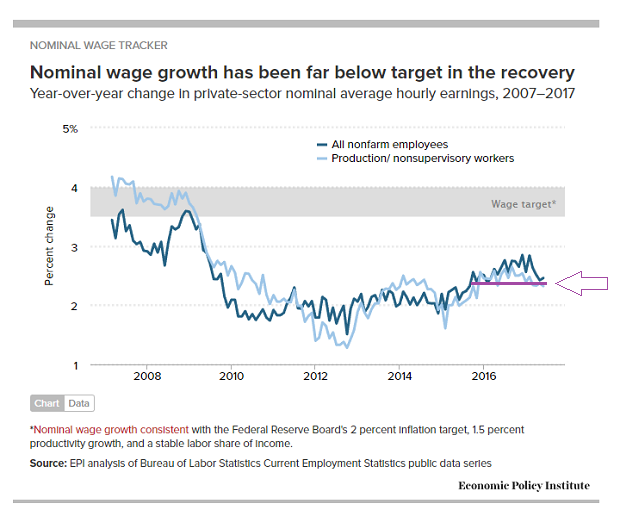
If things were any better in the corporate world, you would not know it from federal tax receipts. They are shrinking on a year-over-year basis. Keep in mind, tax receipts would be indicative of faster or slower income creation. The recent slowdown, then, points to economic fragility.
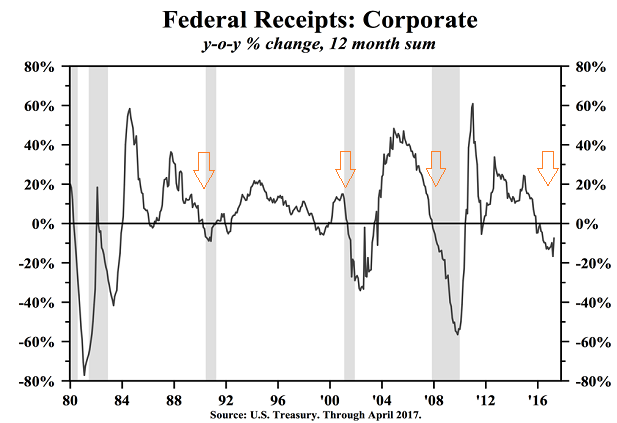
“But Gary,” you protest. “Corporate earnings growth is all that matters. That’s what investors pay for.”
Really? GAAP Earnings per share for the S&P 500 came in at $100.29 (3/31/2017). It was $100.20 on 12/31/2013. That is three years and three months without a modicum of corporate earnings improvement.
What did improve, then? The S&P 500’s price. It rose 28% over three years and three months without genuine growth in sales or profits.
One might make a case that U.S. stocks gained significant ground over the three-plus year period because borrowing costs moved lower. This allowed corporations to borrow by the fistful and to finance stock buybacks. In spite of modest demand, prices rose because the supply of shares had become scarce.
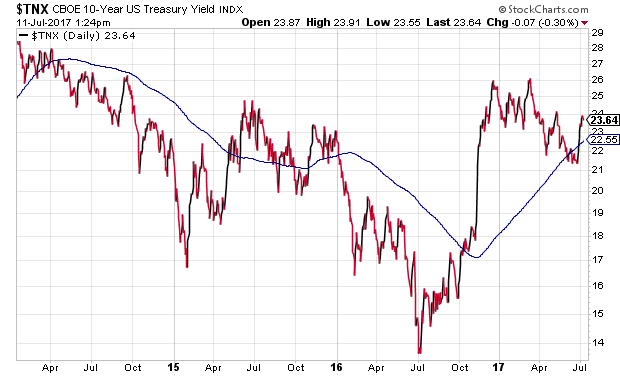
The notion may have merit. On the flip side, borrowing costs have been rising over the last 12 months. If the lowering of absolute yields and/or a downward trajectory of key rates explained stock price appreciation in the absence of meaningful earnings per share (EPS) growth, a reversal in those trends might be expected to cause the stock bull to stagger. It hasn’t.
There is another plausible explanation. Central banks (e.g., European Central Bank, Swiss National Bank, Bank of Japan, etc.) had continued to engage in extraordinary levels of unconventional easing, creating electronic currency credits to purchase market-based assets directly and indirectly. The liquidity injections from foreign central banks did as much for stock price appreciation as the Federal Reserve’s QE3 program that continued up through mid-December of 2014.
Even this second “justification” of elevated stock prices is not entirely adequate. The Fed has raised overnight lending rates three times in the last six months; it has even identified a potential plan for reducing its $4.5 trillion balance sheet. Meanwhile, other central banks around the globe have been openly talking about tapering monetary stimulus. Yet a corrective phase for the S&P 500 has not emerged.
If one accepts the idea that the direction of interest rates (lower) and the direction of central bank policy (easing) drove stock prices higher in the absences of earnings growth, why are the directional shifts taking place today (i.e., higher rates, monetary policy tightening) being ignored? With consumers as well as corporations borrowing less?
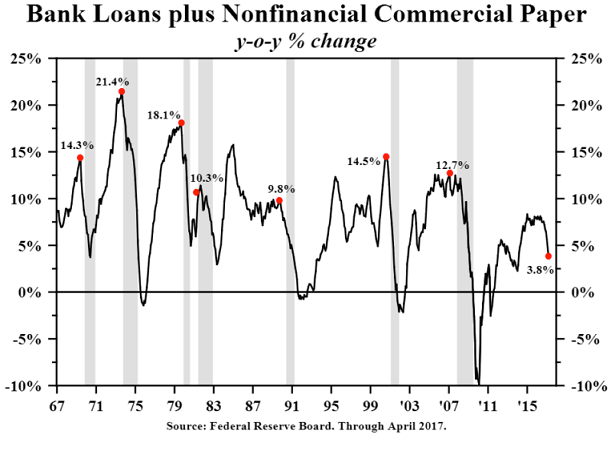
Some would have you believe that the answers reside in more recent corporate earnings growth data. Nonsense. Earnings per share (EPS) projections for Q2 are in the neighborhood of 6.0%-6.5%, though half may be attributable to a tenuous rebound in the energy sector. (Note: It is tenuous because the earnings recovery will be temporary if sub-$50-per-barrel of crude becomes the norm.)
Ex-energy? The collective growth of earnings will be closer to 3.0%-3.25%. In fact, analysts are forecasting 1.3% or less EPS growth for five of the 10 economic sectors. Two segments will likely post negative results.

Perhaps more troubling than over-hyped earnings success is the message that the bond market has been sending to the Federal Reserve; that is, bonds do not believe that the economy is vibrant enough for Fed tightening, either in the overnight lending rate of 1% or in a reduction of its balance sheet.
Consider the 10-Year Treasury Bond Yield in the context of the Fed Funds Rate (FFR) since the first of three hikes (December, 2016). Rather than push the 10-year yield higher as the Federal Reserve had hoped, the 10-year yield has actually fallen. What’s more, the spread between the overnight lending rate (FFR) and the 10-year Treasury is nearly as low as it has been at any other point in the eight-plus years of economic recovery. In a nut shell, the economy just isn’t strong enough to withstand the recent Fed desire to keep tightening the reins.

For my moderate growth-n-income clients, I have maintained a 50% allocation to high-quality equity for years. That is down from 65%-70% widely diversified stock in the earlier stage of the bull market (3/2009-12/2014). Indeed, the overwhelming evidence — direction of monetary policy, key rate spreads in bond land, the peaking of the credit (borrowing) cycle, extreme stock valuations — favors an element of caution.
So why continue to dance near the fire pit at all? The market technicals remain favorable. As long as the NYSE Advance Decline Line (AD) remains in an uptrend, and as long as the S&P 500 remains above key trendlines like the 200-day moving average, stock assets are likely to offer total return value. Nevertheless, market watchers ought to be keenly aware of the risks of ongoing price depreciation should the benchmark fall below the 2300 level.

Disclosure Statement: ETF Expert is a web log (“blog”) that makes the world of ETFs easier to understand. Gary Gordon, MS, CFP is the president of Pacific Park Financial, Inc., a Registered Investment Adviser with the SEC. Gary Gordon, Pacific Park Financial, Inc., and/or its clients may hold positions in the ETFs, mutual funds, and/or any investment asset mentioned above. The commentary does not constitute individualized investment advice. The opinions offered herein are not personalized recommendations to buy, sell or hold securities. At times, issuers of exchange-traded products compensate Pacific Park Financial, Inc. or its subsidiaries for advertising at the ETF Expert website. ETF Expert content is created independently of any advertising relationship.
